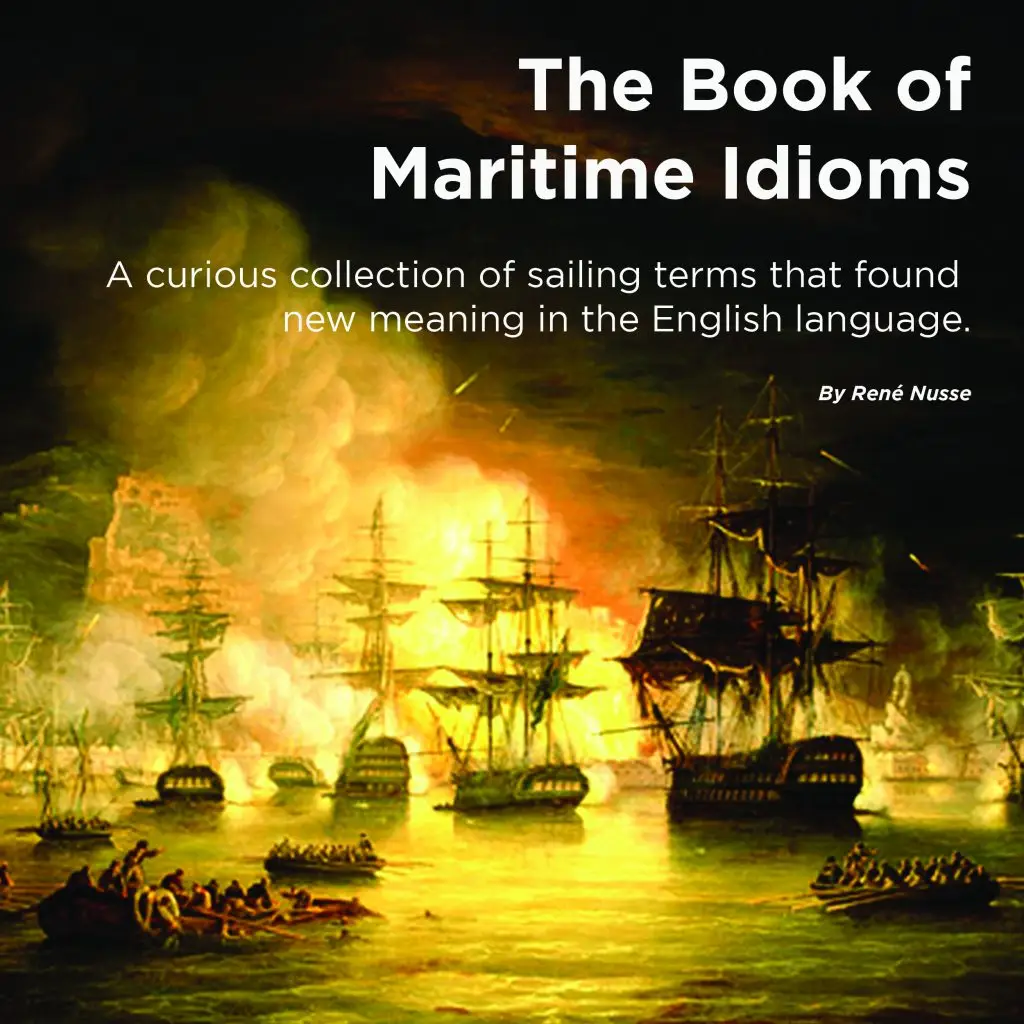Tiller vs Helm - Pros and Cons
In sailing, the tiller and the helm are crucial components for steering and controlling your yacht, but they refer to different parts and mechanisms of the steering system. Here’s a breakdown of each:
Tiller
1. Definition:
- The tiller is a lever connected to the rudder of the boat. It manually controls the boat’s direction by moving the rudder.
2. Function:
- By moving the tiller to one side or the other, you change the angle of the rudder. This causes the boat to turn in the direction opposite to the rudder’s angle (e.g., pushing the tiller to port will turn the boat to starboard).
3. Characteristics:
- Direct Control: The tiller provides immediate feedback and control over the rudder.
- Simplicity: Typically found on smaller boats and dinghies, the tiller system is simpler and more straightforward, requiring less mechanical complexity.
- Space Efficiency: The tiller doesn’t require a lot of space, which is beneficial for smaller boats.
4. Advantages:
- Cost-Effective: Generally cheaper and less complex than wheel systems.
- Feel and Response: Provides a direct feel for the boat’s steering, which can be more intuitive for some sailors.
- Weight: Often lighter and more straightforward than a wheel system.
5. Disadvantages:
- Limited Space: The tiller can be cumbersome on larger boats and take up valuable cockpit space.
- Physical Effort: Requires more physical effort and engagement, which can be tiring over long periods.
Helm (Steering Wheel)
1. Definition:
- The helm refers to the steering wheel system that controls the boat’s direction. It is connected to the rudder via cables, rods, or hydraulic systems.
2. Function:
- Turning the steering wheel moves the rudder through a mechanical or hydraulic linkage system. Similar to the tiller mechanism, the boat turns in the direction opposite to the rudder’s angle.
3. Characteristics:
- Mechanical Linkage: This uses cables, rods, or hydraulic systems to transmit the wheel’s motion to the rudder.
- More Space: Generally used on larger boats where the cockpit space allows for the wheel system.
- Ease of Use: Provides a more comfortable and less physically demanding way to steer the boat, especially over long periods.
4. Advantages:
- Comfort: The wheel provides a more comfortable and less physically demanding steering means, suitable for larger boats and extended passages.
- Precision: Often offers finer control and precision in steering due to the mechanical or hydraulic systems.
- Space: Allows for a more organized cockpit area, freeing up space for other activities.
5. Disadvantages:
- Complexity: More complex and potentially more costly to install and maintain than a tiller system.
- Space Requirement: The cockpit area requires more space, which might not be practical for smaller boats.
Choosing Between Tiller and Helm
- Boat Size and Type: Smaller boats and dinghies usually have a tiller due to their simplicity and space efficiency. Larger cruising or racing boats often use a helm because of the comfort and control it provides.
- Personal Preference: Some sailors prefer the direct feel of a tiller, while others appreciate the ease and precision of a wheel.
- Functionality: When choosing between a tiller and a helm, consider the type of sailing you plan to do, the size of your boat, and your personal preferences.
In summary, the tiller offers a simple, direct method of steering, typically used on smaller boats, while the helm (steering wheel) provides a more comfortable and precise steering mechanism suited for larger vessels. Your choice will depend on the boat’s size, sailing style, and personal preferences.

NAVIGATION RULES CLINIC + BASIC SAIL TRIM COURSE
Author
-

Rene is a keelboat instructor and sailing coach in the Mandurah area WA. He is also the author of several books about sailing including "The Book of Maritime Idioms" and "Renaming your boat".
View all posts


